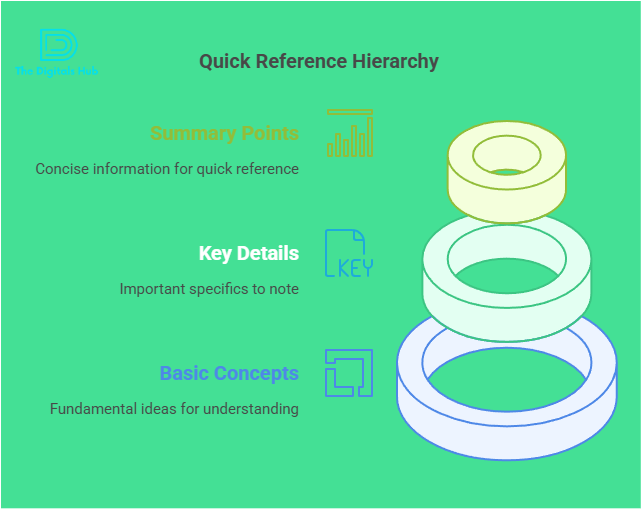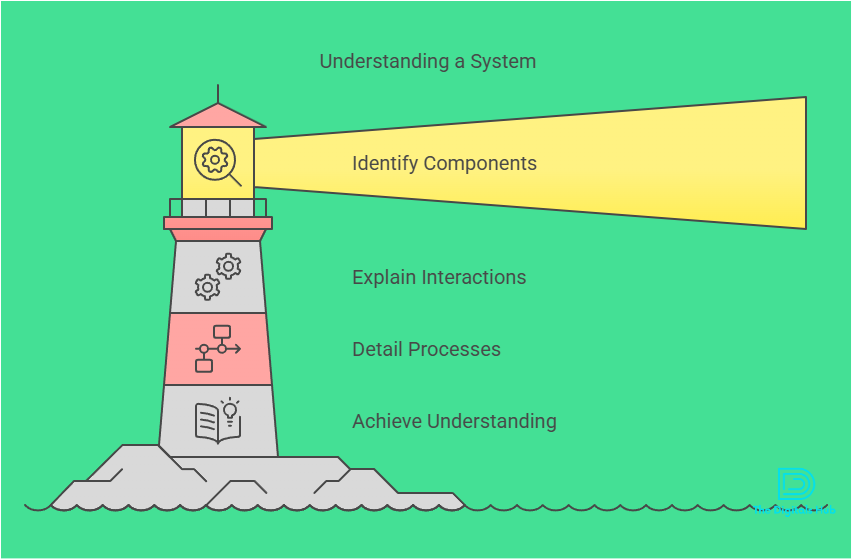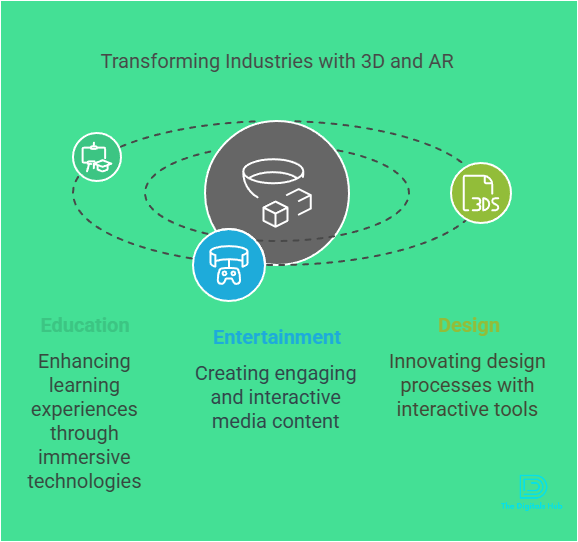Interactive 3D experiences and augmented reality (AR) are changing the way we interact with technology. These innovations are not just for gamers or tech experts—they are for everyone. From shopping to learning, these tools are making life more engaging and fun. In this review, we’ll explore what interactive 3D and AR are, how they work, their benefits, and where they are being used. By the end, you’ll have a clear understanding of why these technologies are so exciting and how they can improve your daily life.
Table of Contents
Key Points at a Glance

Here’s a quick overview of what you’ll learn in this review:
- What are Interactive 3D Experiences and Augmented Reality?
- How Do They Work?
- Benefits of Interactive 3D and AR
- Applications in Real Life
- Top Tools and Platforms
- Future of Interactive 3D and AR
- How to Get Started
Ready to dive in? Let’s go!
What Are Interactive 3D Experiences and Augmented Reality?
Interactive 3D Experiences
Interactive 3D experiences allow users to explore and interact with three-dimensional objects or environments in real-time. Think of it like a video game where you can move around, zoom in, or rotate objects. These experiences are used in many fields, such as education, retail, and entertainment.
Augmented Reality (AR)
Augmented reality overlays digital elements—like images, sounds, or animations—onto the real world. Unlike virtual reality (VR), which creates a completely digital environment, AR enhances what you already see. A popular example is the mobile game Pokémon GO, where players see virtual creatures in their real surroundings.
How Do They Work?

Interactive 3D
Interactive 3D relies on computer graphics and user input. When you interact with a 3D object (like rotating it on your phone), the system processes your actions and updates the display in real-time. This requires powerful software and sometimes special hardware, like VR headsets.
Augmented Reality
AR uses cameras, sensors, and software to blend digital content with the real world. For example, when you point your phone at a room, AR apps can place virtual furniture in it. This is done through a process called “image recognition,” where the app identifies surfaces and objects in your environment.
Benefits of Interactive 3D and AR
1. Enhanced Learning
Interactive 3D and AR make learning more engaging. For example, students can explore the human body in 3D or see historical events come to life through AR.
2. Better Shopping Experiences
Imagine trying on clothes or placing furniture in your home without leaving your couch. AR makes this possible, helping you make better purchasing decisions.
3. Improved Communication
3D models and AR visuals can simplify complex ideas. For instance, architects can use 3D models to show clients what a building will look like before it’s built.
4. Entertainment and Fun
From AR games to interactive museum exhibits, these technologies make entertainment more immersive and enjoyable.
5. Cost and Time Savings
AR can reduce the need for physical prototypes, saving time and money in industries like manufacturing and design.
Applications in Real Life

1. Education
- Interactive 3D Models: Students can explore the solar system or dissect a frog in 3D.
- AR Textbooks: Pages come to life with animations and videos.
2. Retail
- Virtual Try-Ons: Try on clothes, glasses, or makeup using AR.
- 3D Product Previews: See how furniture or decor will look in your home.
3. Healthcare
- Medical Training: Practice surgeries on 3D models.
- Patient Education: Use AR to explain medical procedures.
4. Gaming
- AR Games: Games like Pokémon GO and Minecraft Earth blend the real and virtual worlds.
- Immersive 3D Games: Explore vast, interactive environments.
5. Real Estate
- Virtual Tours: Walk through properties in 3D without visiting them.
- AR Renovation: Visualize changes to a space before making them.
Top Tools and Platforms

1. Unity
A powerful platform for creating interactive 3D content. Used in gaming, education, and more.
2. Unreal Engine
Another top tool for 3D development, known for its stunning graphics.
3. ARKit (Apple)
A framework for building AR apps on iPhones and iPads.
4. ARCore (Google)
Google’s platform for developing AR apps on Android devices.
5. Sketchfab
A platform for sharing and exploring 3D models online.
Future of Interactive 3D and AR

The future looks bright for these technologies. Here’s what to expect:
- Wider Adoption: More industries will use 3D and AR for training, marketing, and customer engagement.
- Improved Hardware: Lighter AR glasses and more powerful devices will make these experiences even better.
- AI Integration: Artificial intelligence will make 3D and AR more personalized and responsive.
- Social AR: Imagine sharing AR experiences with friends in real-time, like virtual hangouts.
How to Get Started

1. Explore AR Apps
Download AR apps like IKEA Place or Google Arts & Culture to see how AR works.
2. Try 3D Modeling Tools
Platforms like Tinkercad or Blender are great for beginners interested in 3D design.
3. Learn Online
Websites like Coursera and Udemy offer courses on AR and 3D development.
4. Invest in Hardware
If you’re serious about AR, consider getting an AR-compatible device like an iPhone or an AR headset.
Conclusion
Interactive 3D experiences and augmented reality are no longer just futuristic concepts—they are here, and they are transforming how we live, work, and play. Whether you’re a student, a shopper, a gamer, or a professional, these technologies have something to offer.
So, why wait? Start exploring the world of 3D and AR today. Download an app, try a tool, or take a course. The future is interactive, and it’s waiting for you to dive in!
Call to Action:
What’s your favorite use of AR or 3D technology? Share your thoughts in the comments below! If you found this review helpful, don’t forget to share it with your friends and family. Let’s spread the word about these amazing technologies!
This content is mobile-friendly, easy to read, and packed with valuable information. It’s designed to keep readers engaged while providing a comprehensive overview of interactive 3D experiences and augmented reality.


Recent Comments